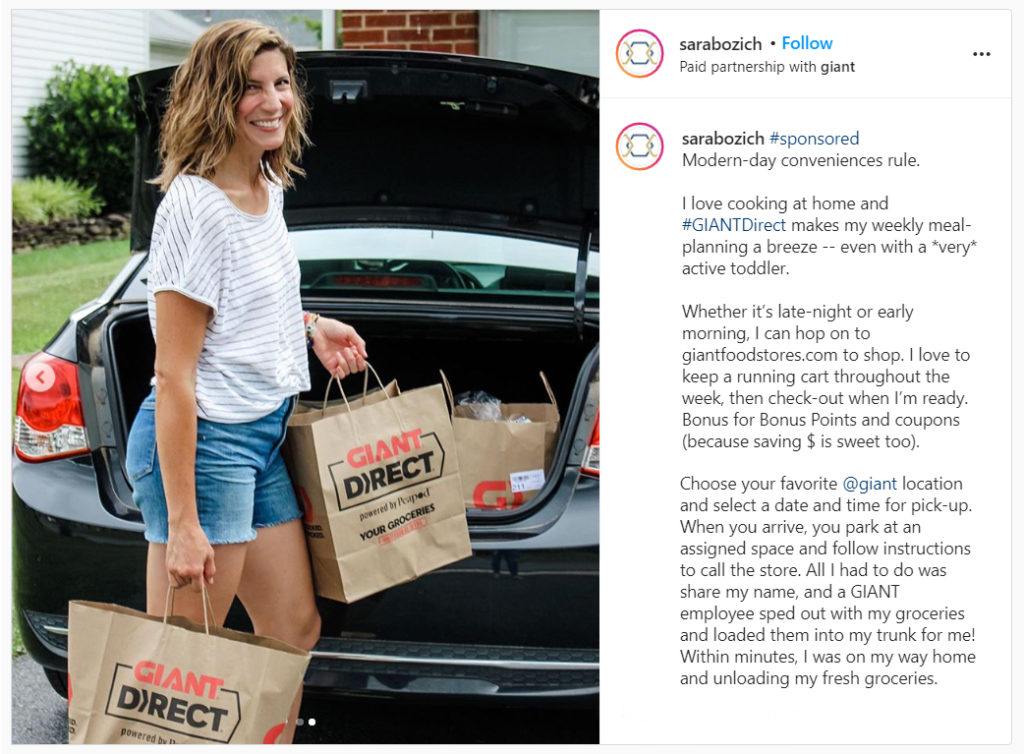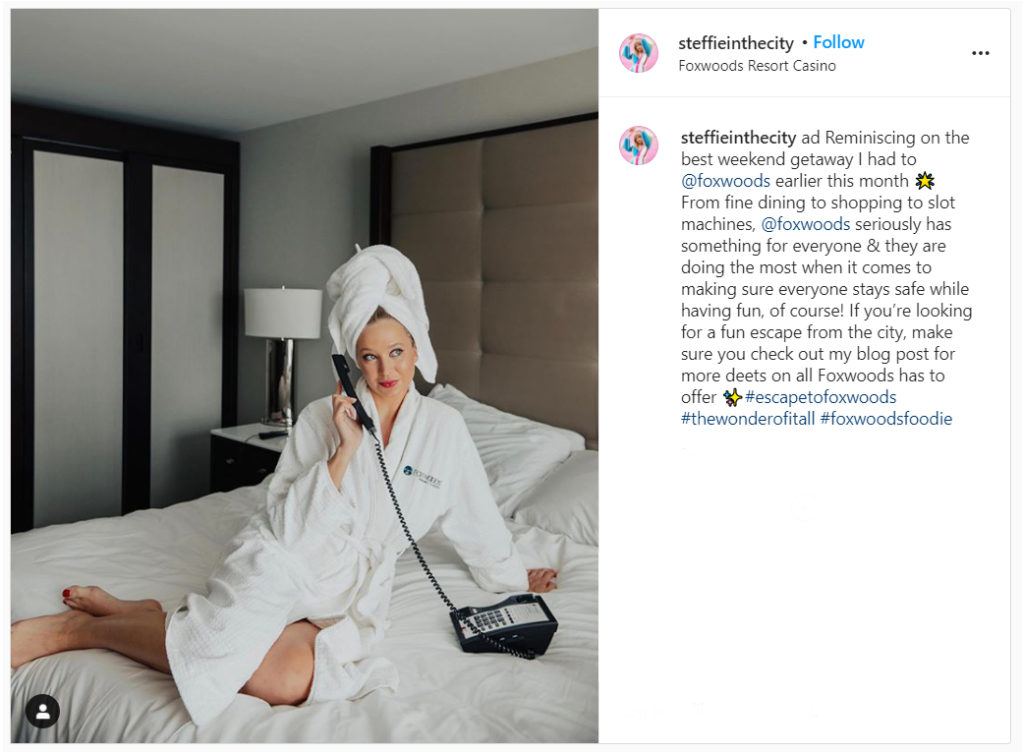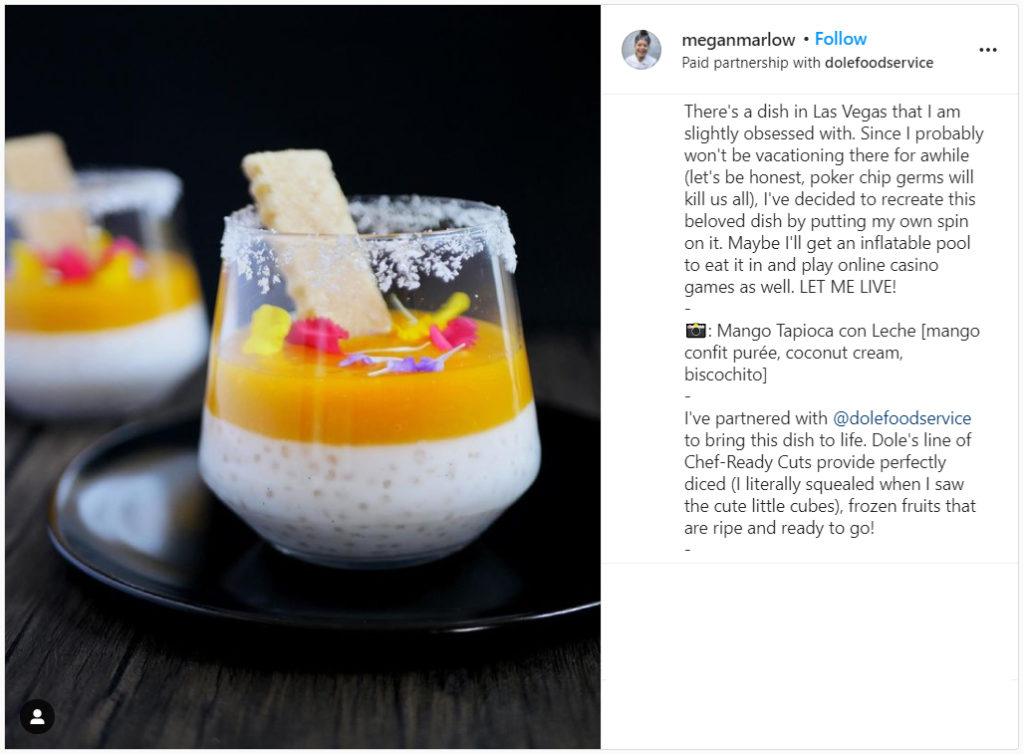For the past 14 months, every business and industry has been tasked with quickly adapting to a “new normal” — and ongoing iterations of “new normal.”
Last spring, when it came to influencer marketing, brands suddenly found themselves between a rock and a hard place trying to navigate promotion of what often felt like “trivial products,” while in the midst of a pandemic. As shelves were emptied and folks — including influencers — hunkered down in their respective homes, many influencer campaigns were quickly put on hold or cancelled altogether and the world of influencer marketing seemed to take a collective pause. The threat of accusations of insensitivity, “tone deafness” or arrogance had brands and influencers afraid to create advertisements.
And yet, brands learned how to adapt and led us to a new take on influencer marketing, where messages are continually scrutinized to ensure they are nuanced and reflect consumers’ concerns, mindsets and evolving reality — and influencers’ own changing habits and behavior.
Now, as vaccinations are more accessible and the world is opening up to varying degrees, brands are faced with the challenge of connecting with consumers who are learning to embrace yet another version of “new normal.”
Here are some examples of what’s happening now in the grocery, travel and restaurant segments:
Grocery
For many consumer packaged goods brands, marketing halted when many stopped shopping inside stores and shelves were often bare. Now, many consumers still feel uneasy shopping in brick-and-mortar locations or simply prefer the convenience of online ordering.
Many influencers are buying the brands they know and love through grocery pickup and delivery and are inspiring their audiences to do the same.

Travel
Travel influencers who had made a living jetting off to exciting and extravagant destinations and documenting their stays suddenly found themselves pivoting to speak about how they find adventure in their own neighborhood. While the travel industry continues to navigate the pandemic, the demand for travel content has grown. Travel influencers have been tasked with keeping their audiences entertained and engaged, while hotels seek to keep their rooms.
We’ve seen hotels leveraging local influencers to post about their staycations. These influencers follow safety protocols every step of the way, then share their experience with their audience. Hotels and tourism boards hope this makes the public feel safer, while influencers get to share an authentic experience with their audience.

Restaurants
As the dining industry recovers — and easier access to vaccinations and warm weather have more people dining away from home — influencers are being used to encourage creativity (and brands’ sales) among other chefs and foodservice operators.
Dole Foodservice, whose goal is to get chefs thinking more ‘fruit forward,’ plant-based and global when it comes to menu development, is partnering with Los Angeles-based chef Megan Marlow. Marlow recently posted a Mango Tapioca con Leche dessert in honor of Cinco de Mayo. An Instagram story series chronicling the recipe demo went live in conjunction with the post. The recipe, available in her Instagram profile, was also featured on the Dole Foodservice website.

As Americans adjust to new guidance from the CDC and consumers change their behavior once again, brands are under more pressure than ever to avoid falling behind in their marketing tactics. As fast as consumer behavior can shift, influencer marketing must adjust just as quickly.
